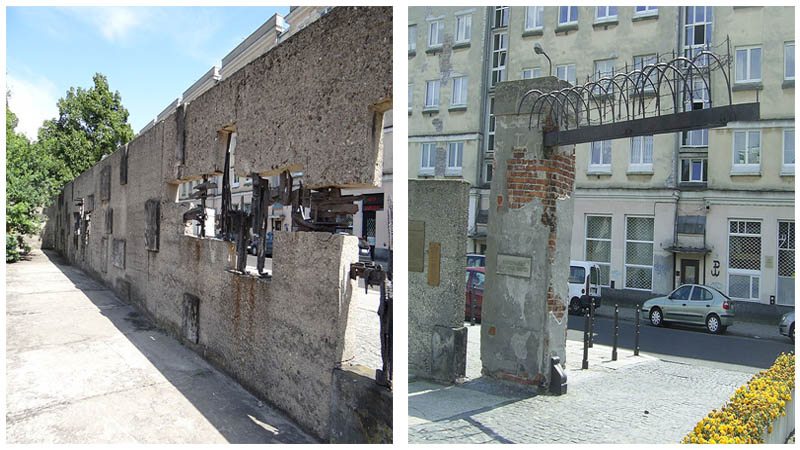The history of wars on earth is a subject that could easily fill an entire series of books and has a time frame that transverses many millennia.
From the epic battles in the Homeric Iliad to the latest conflicts in the Far East, humans have waged war time and time again for a number of different reasons. Each war has had its own set of horrors.
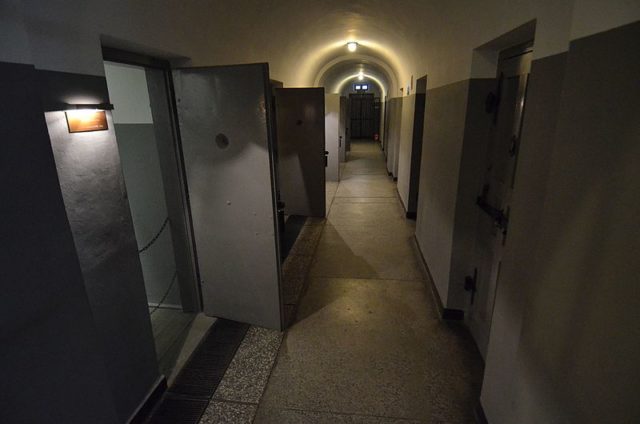
The Second World War was incredibly influential. During those six years from 1939 to 1945, the human population was reduced by millions. People were killed, mutilated, experimented with, gassed, and turned to ash – to name only some of the terrors. Many of these morbid activities took place in concentration camps.
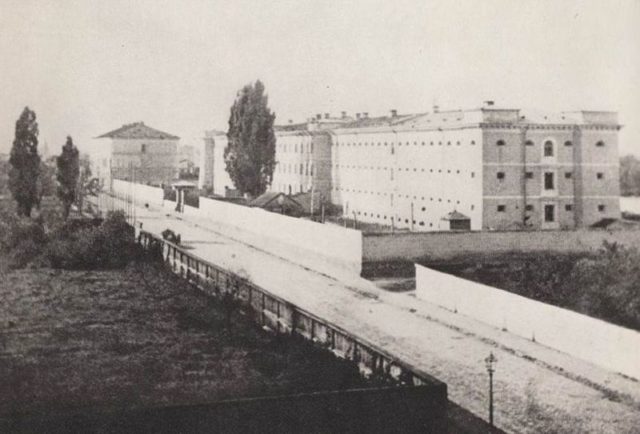
Pawiak Prison in Warsaw, the capital of Poland, was one of the 40,000 camps and sites that the Nazis used in their attempt to erase part of the human population. Its history goes back to well before the Second World War. In 1835, the site was constructed on Pawia Street, hence the name Pawiak.
The decision to construct the prison was made in 1829. One year later, work commenced and continued for five more years.
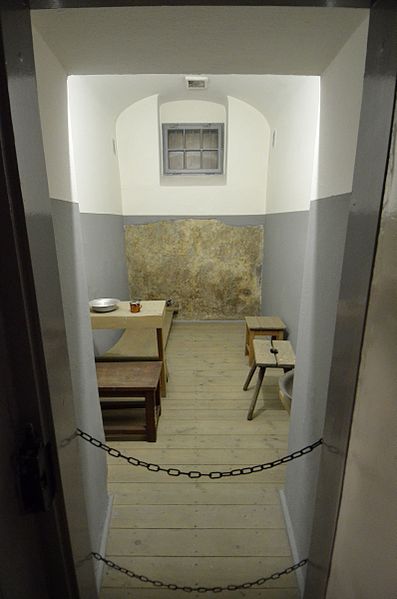
The notable penologist Fryderyk Skarbek was responsible for the design. At first, the prison was used to lock those that were to be transported to Siberia; in a way, it functioned as a transfer base.
The more gruesome part of the institution’s history began in 1939. Poland had become independent once again in 1918; from that point until 1939, Pawiak was used as a normal prison.
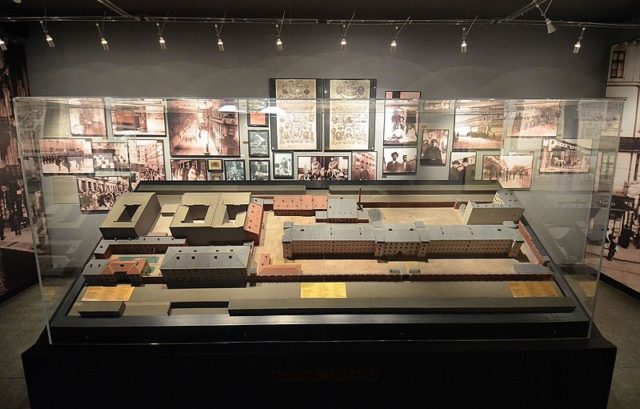
After Poland lost its independence again, happenings at the site became more mysterious. It gained a sinister reputation; stories about what happened behind its doors scared people to the bone.
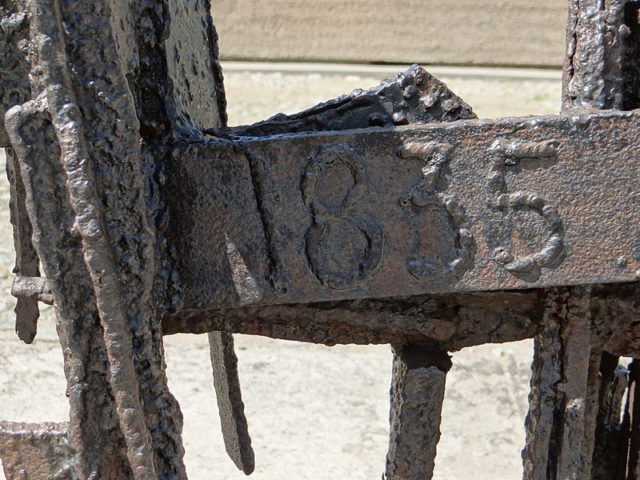
Unfortunately for some, these secret stories were a cold reality and many experienced first-hand what it meant to be a part of Pawiak Prison. Under Nazi rule, it became the biggest political prison in all of Poland and remained as such until the Nazis were defeated.
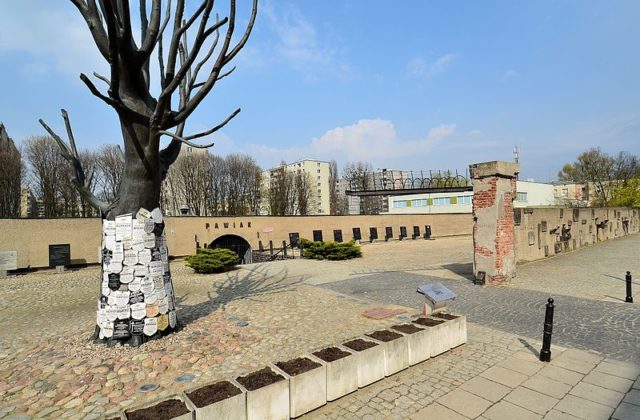
Around 120,000 people were processed at Pawiak and 37,000 executed. It was constantly overcrowded and conditions were foul and horrendous.
The inmates were beaten and abused, and were deliberately starved, as was the custom in most concentration camps.
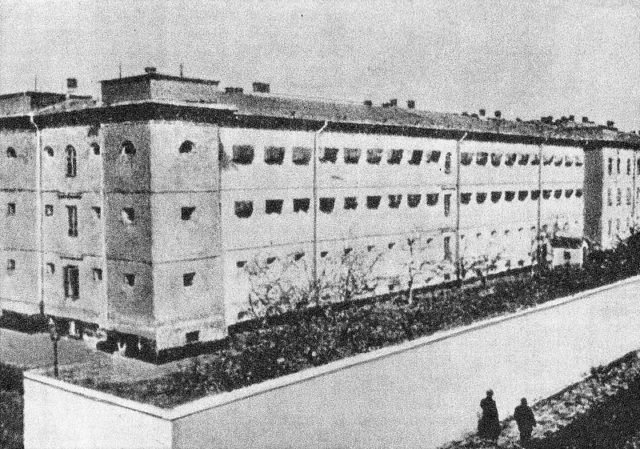
Until 1942, relatives were allowed to bring food when they came to visit. Things took a different turn when the Trawniki Men took control. The Trawniki Men were all those that were sympathetic to the Nazi cause and willing to help.
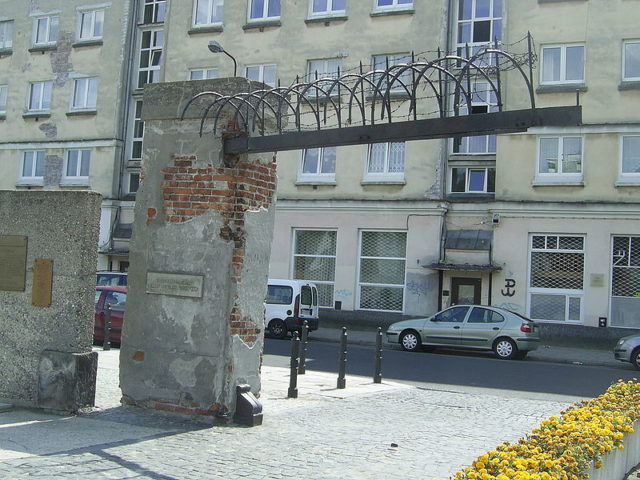
Under their watch, conditions in the prison took a nosedive. The site also played an important part in the 1943 mutiny known as the Warsaw Ghetto Uprising. One year later, another revolution took place, dubbed the Warsaw Uprising. The prison was demolished after the prisoners were killed.
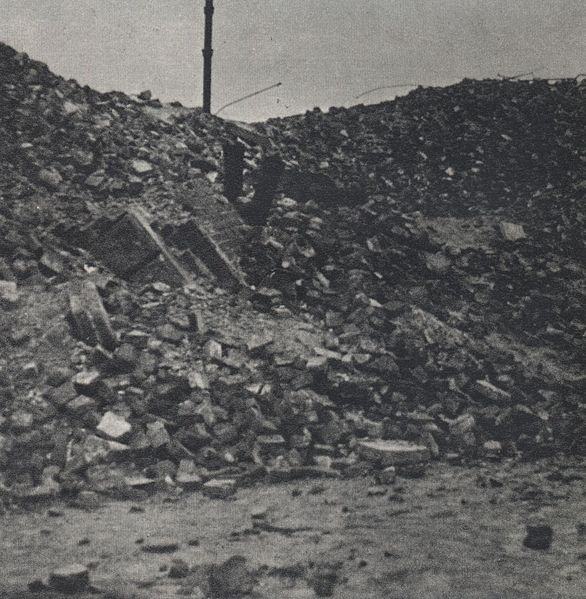
On August 21, 1944, Pawiak Prison ceased to exist. One year later, the Second World War came to an end. The site was left in ruins and an attempt to erect it anew was never made. What was left of it was converted into a museum that remains open to the general public today.
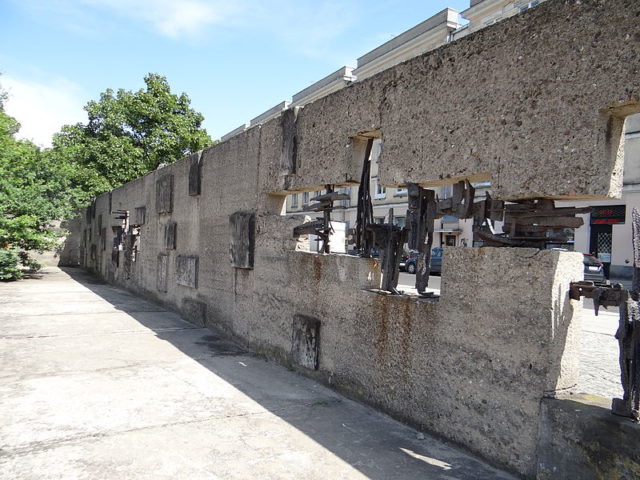
Part of the original entrance survived the demolition. Flowers are often laid down close to it in honor of all those that never survived the horrors of Pawiak Prison to see Poland free again.
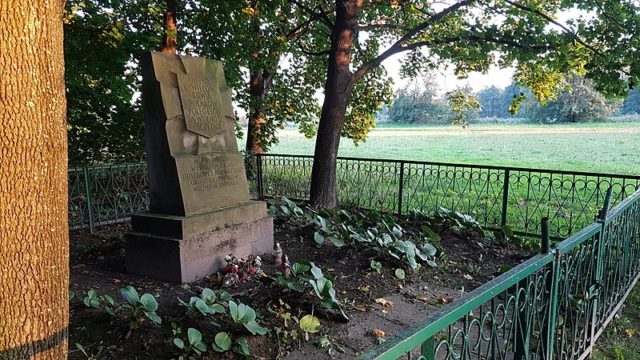
The museum displays many original documents and paperwork that were used when the prison was active. On display are also a number of other objects and pieces of equipment that were recovered during the clearing of the site.
